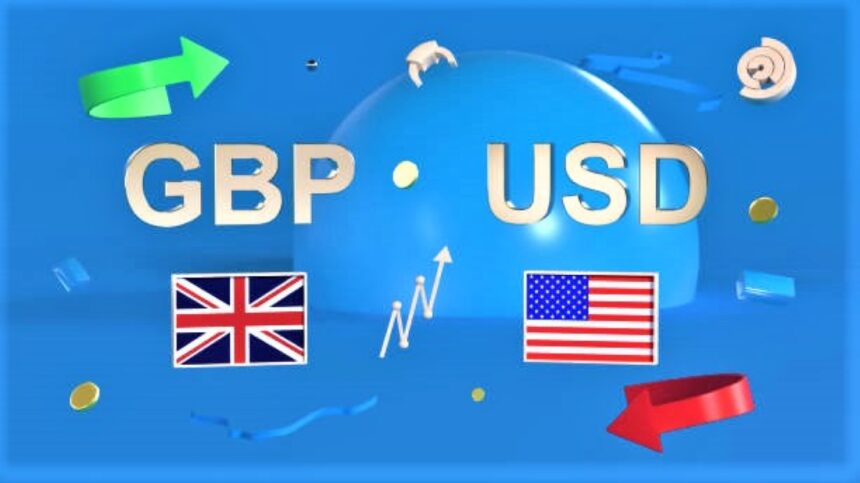Pound sterling traded neutral in its main pairs.
The Pound Sterling (GBP) trades mixed in its most heavily traded pairs on Monday, despite recent strong economic data releases. The pound is rising versus the US dollar (USD), but is flat against the euro (EUR) and falling against the Japanese yen.
Pound rising against the US dollar as recession fears loom.
GBP’s recent fluctuations having little to do with news and statistics from the UK. And More to do with the volatility in its equivalents.
Pound Sterling is mixed but robust following a string of positive data.The pound sterling is trading mixed at the start of the new week. Recent assessments of the UK economy have been mainly good, with some economists describing it as hitting a “Goldilocks” balance between “not too cold” and “not too hot”.
Headline Inflation is staying around the Bank of England (BoE) 2.0% target, with services inflation falling to 5.2% in July from 5.7% earlier, returning to a long-run average of approximately 3.5%.
UK retail sales statistics released this week showed a 0.5% increase in July from a minus 0.9% in June. The unemployment rate dropped to 4.2% in Q2 from 4.4% in Q1, while GDP increased by 0.9% from 0.3% during the same period.
BoE lowered interest rates to 5.00% from 5.25% due to lower headline inflation and an easing in stubbornly high services inflation.
At its August meeting, the BoE lowered interest rates to 5.00% from 5.25% due to lower headline inflation and an easing in stubbornly high services inflation. Lower interest rates tend to decrease the GBP’s value by limiting foreign capital inflows. Market-based forecasts of whether interest rates would fall further suggest a somewhat lower than 50% chance of another 0.25% decrease in September. Capital Economics forecasts two further 0.25% cuts before the end of the year.









